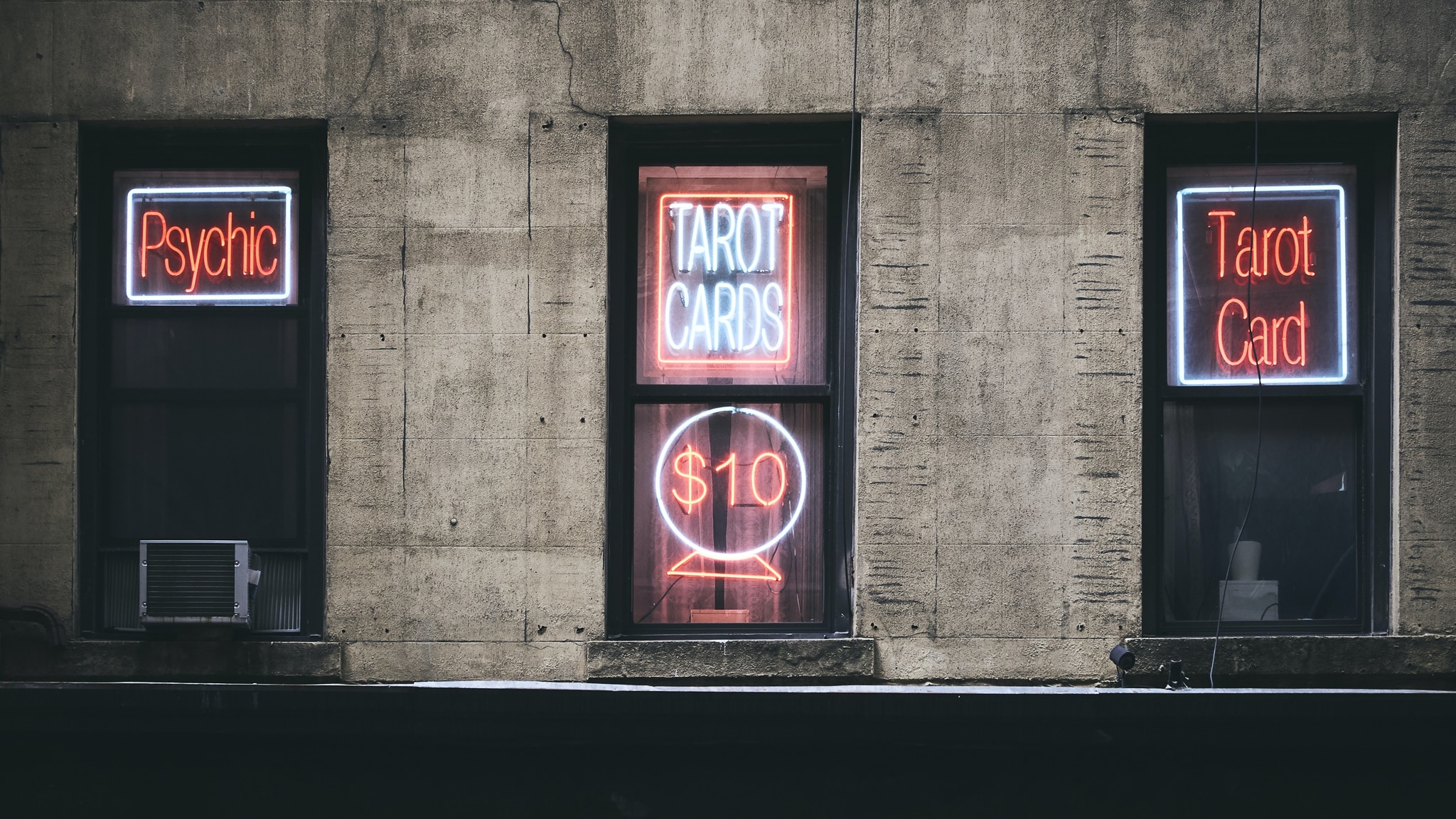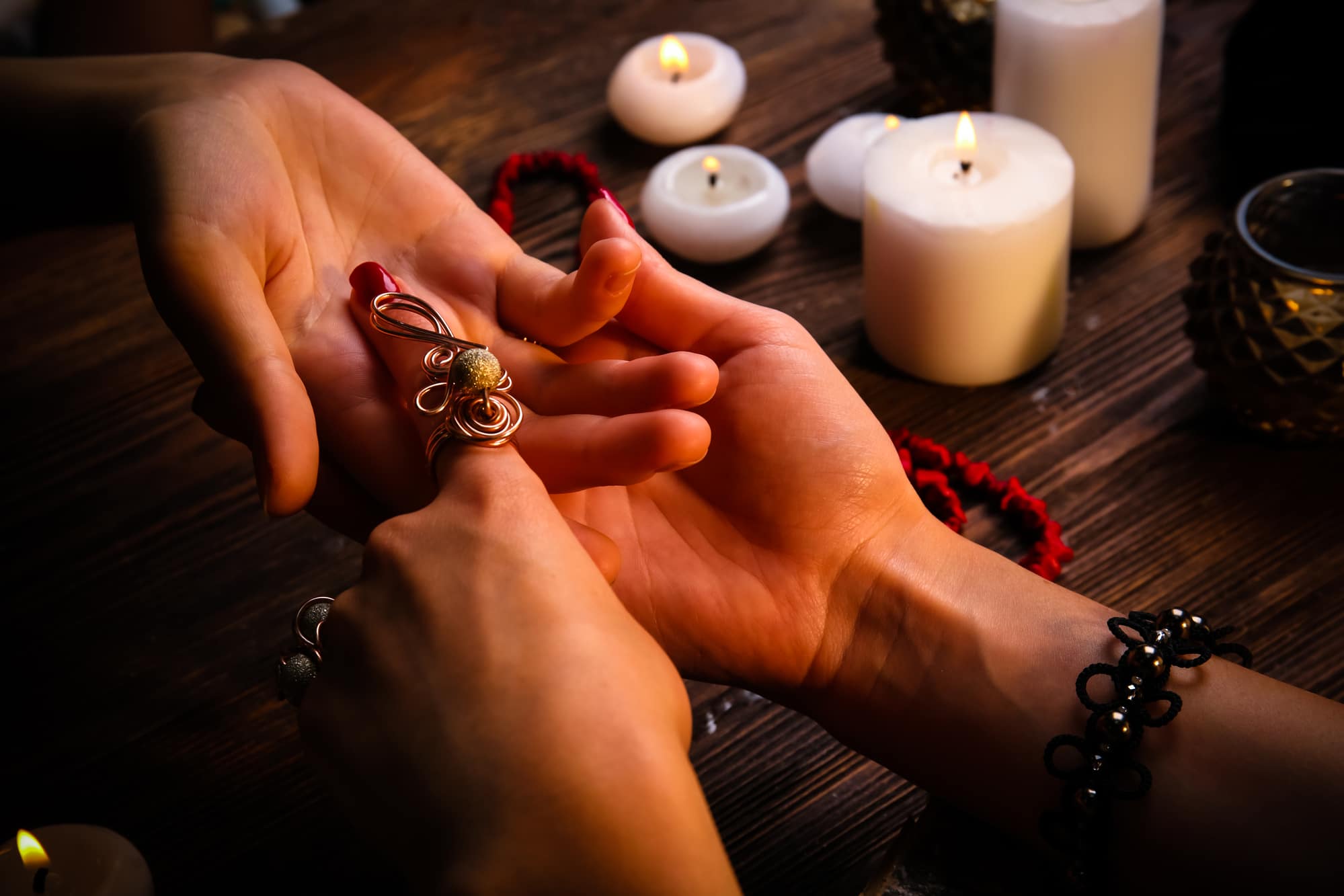How To Choose a Mantra: Tap Into Your True Power
Are you familiar with the saying “sticks and stones may break my bones but words will never hurt me?” Turns out, words are more powerful than we think they are. The ancient sages of India figured this out thousands of years ago when they discovered the mantra.

We hear that word a lot, but what exactly does it mean?
In a nutshell, mantras are a formula of sacred syllables. “Man,” in Sanskrit, means mind, while “tra” means vehicle or instrument. Mantra, then, can be understood as the vehicle or instrument of the mind.
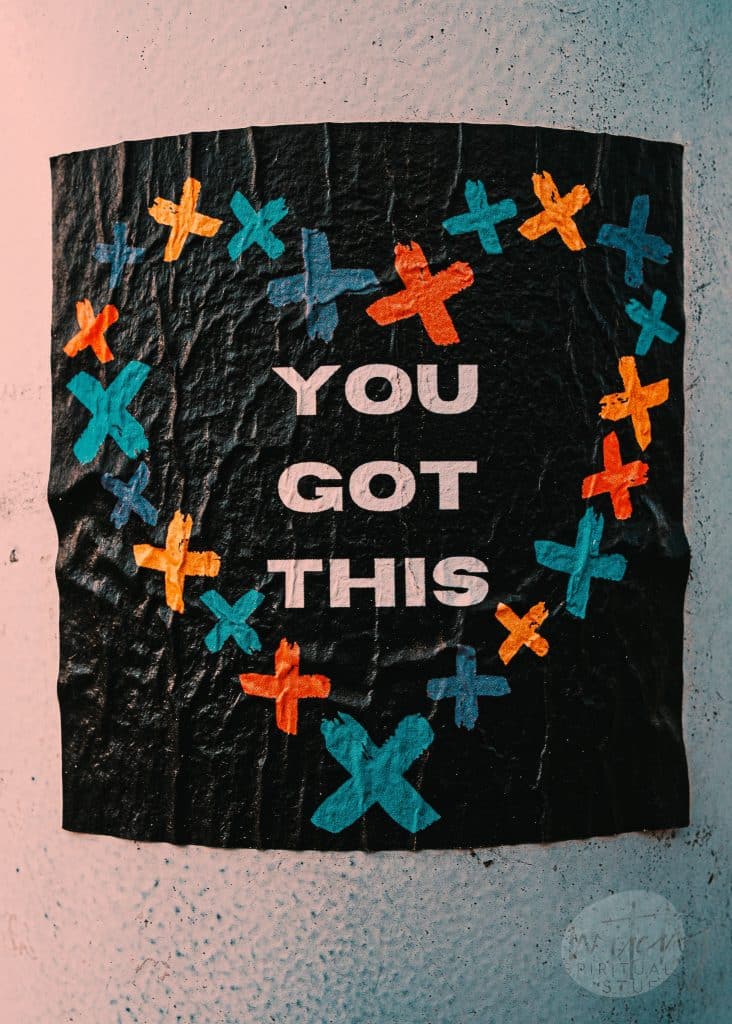
For the ancient seers or Rishis, mantras were revealed only when they’d reached a profound state of meditation. Mantras were considered so powerful that they were even kept top secret.
Now, I know what you’re thinking: if mantras were so confidential, how is it that we can use them now? It’s because mantras have been passed down from guru to student. Over time, many mantras became available for public use.

Make no mistake, though. Students don’t receive mantras just like that. Only when a yogi has proven themselves worthy will a guru decide to hand them down a mantra.
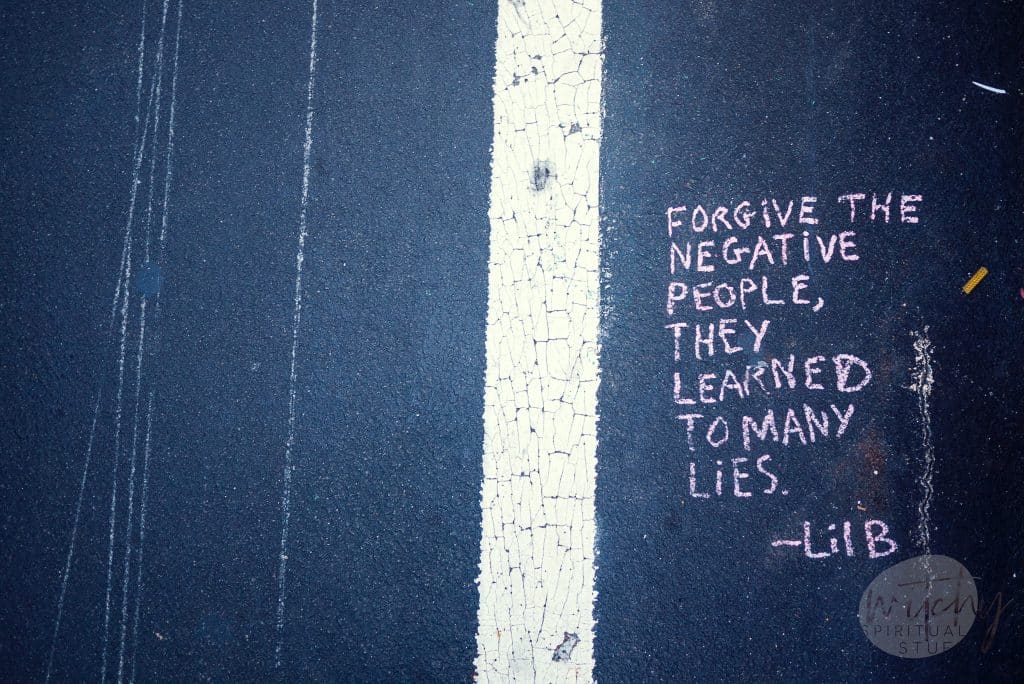
If you’ve ever seen one of those samurai movies, you’ll know what I’m talking about. Before the master reveals a secret technique, the student must first prove themselves worthy of receiving it.
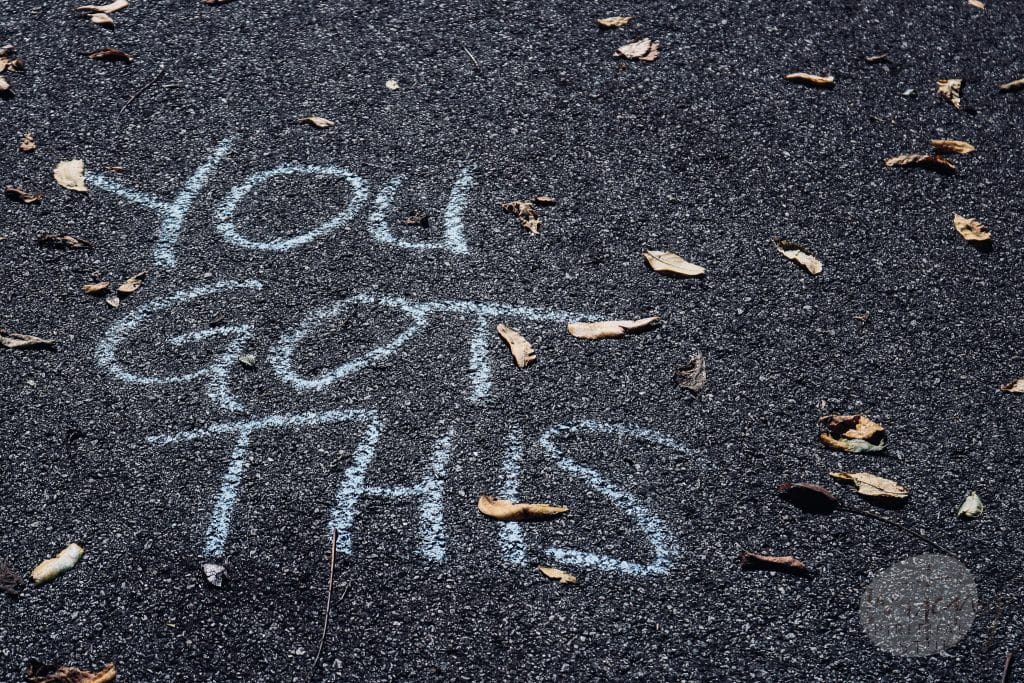
Fortunately, you don’t have to go through a mental obstacle course just to use mantras. Even a quick Google search will lead you to some pretty powerful ones. Of course, there are mantras that have remained secret. They can only be used by those who have a higher understanding and spiritual state.
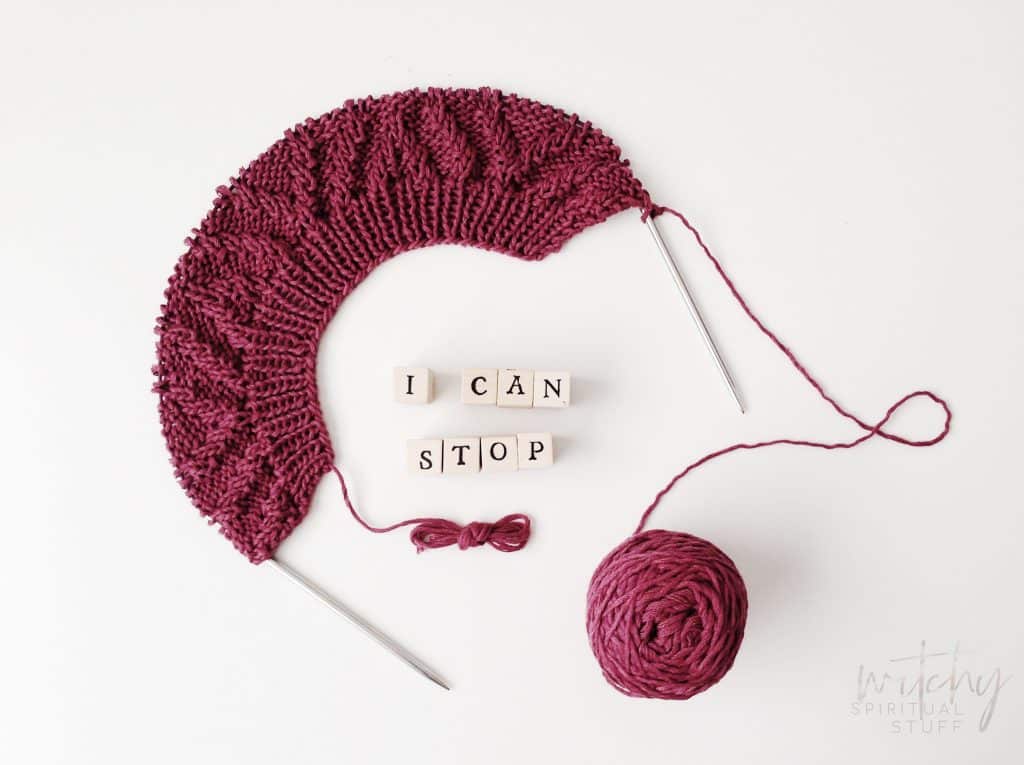
But, while we no longer need a teacher to give us a mantra, how do we know which ones to use?
Table of Contents
Choosing Your Mantra
One thing you should remember about mantras is their purpose: to help you meditate. The sound you make and the vibrations you emit while chanting should help you concentrate.
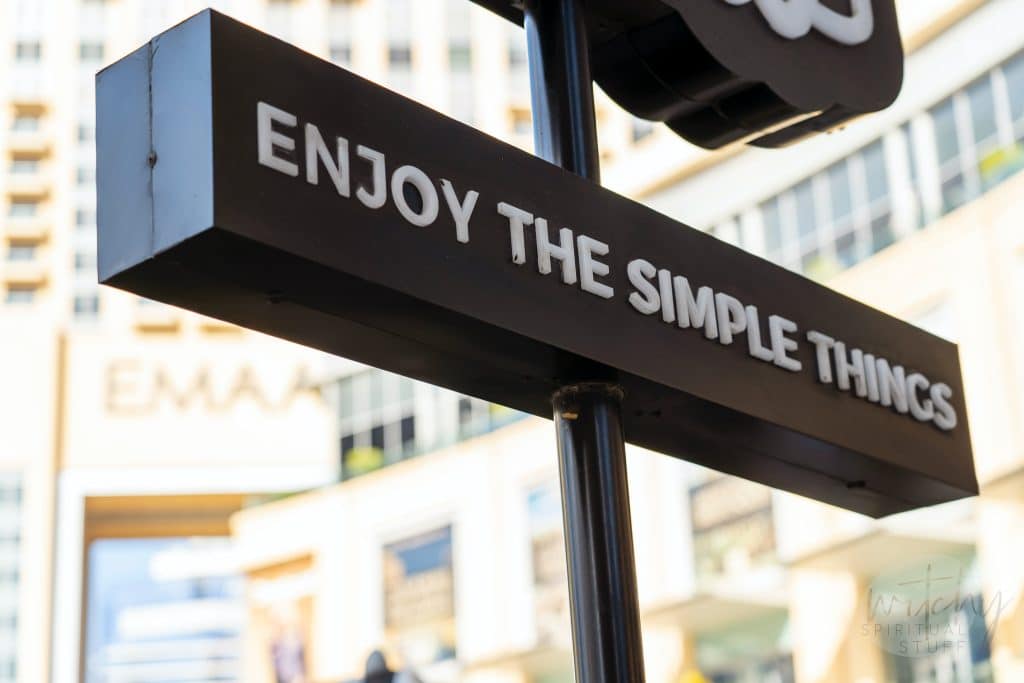
That said, chanting mantras in Sanskrit might feel silly for beginners. This is because we’ve been conditioned to believe that talking to yourself means you’re crazy. You’re not. To get used to this practice, you can begin with affirmations in your own language.
Just to be clear, mantras and affirmations aren’t the same. Repeatedly telling yourself that you are loved or you are fine is different from using sacred syllables.

I’m not going to split hairs, but yes, you can start with affirmations — but it’s just to get the hang of not feeling self-conscious while chanting. Then, you can move on to Sanskrit mantras.
I recommend starting with a “seed” or Bija mantra first, which are single syllables. Eventually, you can use Saguna or Nirguna mantras, which are longer.

If you want to know how to choose a mantra, here’s what you can do:
Reflect on Your Intentions
When choosing a mantra, you must be absolutely clear about your intentions. What are your inner motivations? What are your material and spiritual goals? What changes do you desire? Is there something you wish to create or let go of?

Ask yourself these questions so you can choose a mantra that’s aligned with your intentions. Take time to figure out what you want to achieve. Once you’re clear about these things, it will be easier to choose a mantra that will support your goals.
Be Guided by Intuition
You might not always listen to your intuition but this is the perfect time to do so.

When choosing a mantra, don’t hesitate to honor your innate spiritual guide. If something catches your eye while reading a list and you have a strong feeling about it, that’s likely your intuition picking the right mantra for you. Listen and listen well.
Consider Your Thoughts and Emotions
As you reflect on your intentions, don’t ignore your thoughts and emotions. What may be sensible to your mind might not make sense to your heart.

Work on aligning these two as well so you can choose a mantra that addresses these as a whole. By considering your thoughts and emotions, you are also one step closer to clarifying what your true intentions are.
Pick One That’s Easy To Remember
I recommended starting with a seed mantra specifically for this reason: it’s easy to remember.

Again, mantras are supposed to help you meditate, not sow more confusion. If you begin with a complicated mantra, you’ll spend more time trying to memorize it instead of actually meditating. You might also feel more self-conscious instead of concentrating on your experience as a whole.
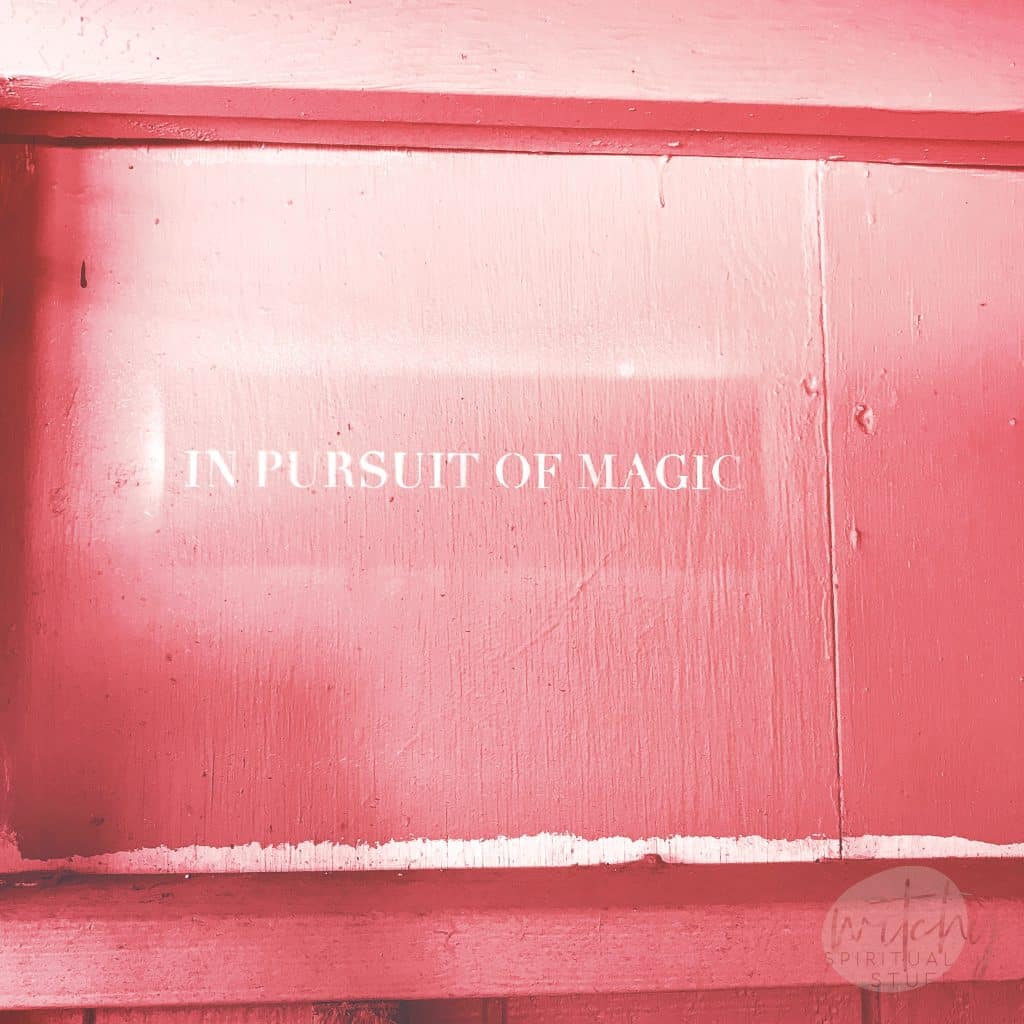
Remember, shorter mantras aren’t necessarily less powerful than longer ones. They can make just as much of an impact on your spiritual well-being. Besides, this isn’t a competition about who can chant the longest mantras. In fact, there should be no competition at all — unless it’s against your negative thoughts and feelings.
In Closing: Chant, Don’t Rant
If you ever feel tempted to rant about how things aren’t going your way, take a deep breath. Step back and recognize the power of words.

Instead of using your voice to add to the negativity, use it instead to emit positive vibrations. Learn how to choose a mantra so you can direct these vibrations towards yourself. By using mantras while meditating, you can achieve a higher sense of calm that aligns with your deepest intentions.




